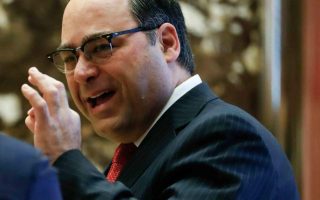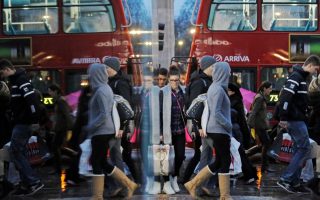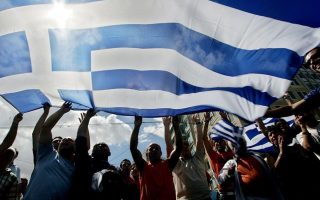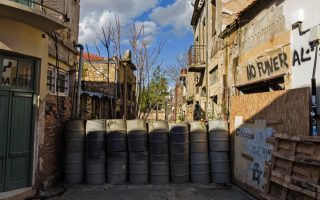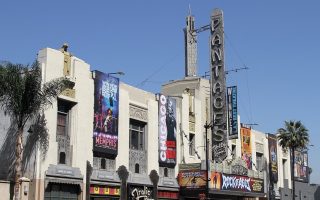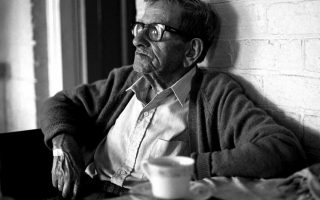Greek Orthodox church lost on 9/11 rises again at ground zero
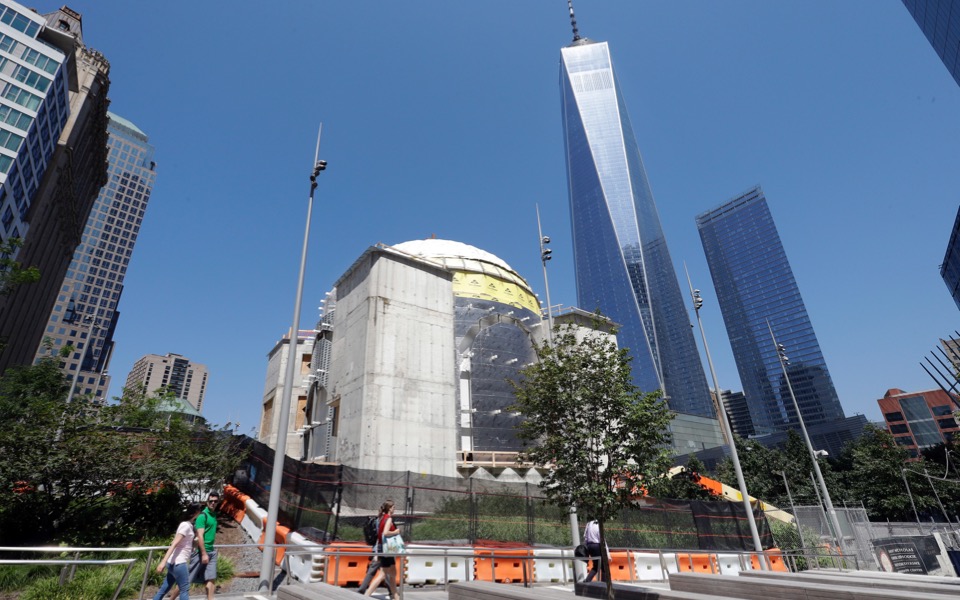
A Greek Orthodox church taking shape next to the World Trade Center memorial plaza will glow at night like a marble beacon when it opens sometime next year. It also will mark another step in the long rebuilding of New York's ground zero.
The St Nicholas National Shrine, designed by renowned architect Santiago Calatrava, will replace a tiny church that was crushed by the trade center's south tower on September 11, 2001. The new church will give Greek Orthodox believers a place to worship while also welcoming visitors of any faith who want to reflect on the lives lost in the terrorist attacks.
“It is such a significant church because of what happened here,” said Jerry Dimitriou, executive director of the Greek Orthodox Archdiocese of America, which oversees 540 parishes and approximately 1.5 million Greek Orthodox faithful across the United States. He said people may want to stop and pray after they've been to the National September 11 Memorial and Museum, a few paces away. “We will give them a place to come and sit, and sit inside of a church,” Dimitriou said.
The large crowd that will assemble on Monday for a ceremony on the 16th anniversary of the terror attacks will be able to see the unfinished church, now a raw-looking structure covered in concrete and plywood.
It is one of a handful of unfinished pieces of the reconstruction of the huge trade center site, which is now a combination of green trees, polished stone and glassy towers after being known for years as a dusty, gray construction zone.
Two of four planned office towers are now open. A third is set to open in spring 2018 with Spotify as an anchor tenant. A fourth office tower and a performing arts center are yet to be built.
The church, tucked in a park on the southern edge of the site, is Calatrava's second World Trade Center commission.
His bird-shaped train hall, called the Oculus, opened in March 2016 and is now a draw for selfie-taking tourists, though some critics grouse that the $4 billion price tag was high for a structure that seems more mall than train station.
The estimated cost for St Nicholas is $50 million. Unlike the transit hub, built largely with federal transportation dollars, the church is being funded through donations from disparate sources including the Greek government, Greek Orthodox church members around the world and, Dimitriou said, the Roman Catholic Archdiocese of Boston and the Italian city of Bari, whose patron saint is St Nicholas.
The church they are building hardly resembles other Calatrava projects such as the Oculus or the Milwaukee Art Museum with their distinctive ribbed wings.
Rather, the new St. Nicholas was inspired by two Byzantine shrines in Istanbul, the Hagia Sophia and the Church of the Holy Savior in Chora. Like those structures built in the fifth and sixth centuries, St Nicholas will feature a central dome flanked by towers.
The building will be sheathed in marble from quarries north of Athens – the same vein of marble that was used to build the Parthenon. Calatrava said he was thrilled to receive permission from the Greek government to use the marble because, “for me Hagia Sophia is the Parthenon of Orthodoxy.”
While the towers at the church's corners will look like solid stone from the outside, the dome and sides will be covered with thin layers of sandwiched marble and glass that will be lighted from the inside at night. “You'll see that the dome is glowing and the front is glowing,” Dimitriou said. “The dome area will all be illuminated like a candle.”
Calatrava said his building will complement the memorial pools directly to the north. “On one side you have water and memory, and on the other side, in the church, you have the idea of the light of the candle and the flame and the sense of hope,“ he said. “What I'm trying to do as an architect is give a sense of hope.”
The original St Nicholas was far more modest. The 35-foot-tall (11-meter-tall) building housed a tavern when Greek immigrants bought it in 1919 to use as a church.
The church stayed put when the trade center's monumental twin towers were built in the 1970s.
“All of the buildings around it were sold,” said Olga Pavlakos, a parish board member whose grandparents were among St Nicholas's founders. “We stood our ground. Greeks are tough people.”
But the church that survived the twin towers' construction could not survive their destruction. St Nicholas was the only building not part of the trade center complex that was completely demolished after hijackers struck the towers.
The new church is a few dozen yards (meters) west of the old St Nicholas on top of the screening facility for trucks entering the trade center site. The land swap between church officials and government agencies involved in rebuilding lower Manhattan took years to settle, delaying the start of construction.
A temporary icon of Christ gazes down at the sanctuary under construction now. It will be replaced by a permanent icon before the sanctuary starts hosting Orthodox services. Meanwhile, work has started on second-floor meditation and reflection spaces that will be open to all.
A spherical bronze sculpture that stood between the twin towers before September 11, 2001 returned to a spot next to the church just last week. Artist Fritz Koenig's sphere, seen by many as a symbol of resilience, was placed in a small park just west of St Nicholas.
Pavlakos said the new church's welcoming stance honors the legacy of the old St Nicholas, where area office workers often stopped to light a candle during their lunch hours.
“It's not only for Greek people, it's a place for everybody,” she said. “And that's what we stood for before, so this is a continuation.”
[AP]
